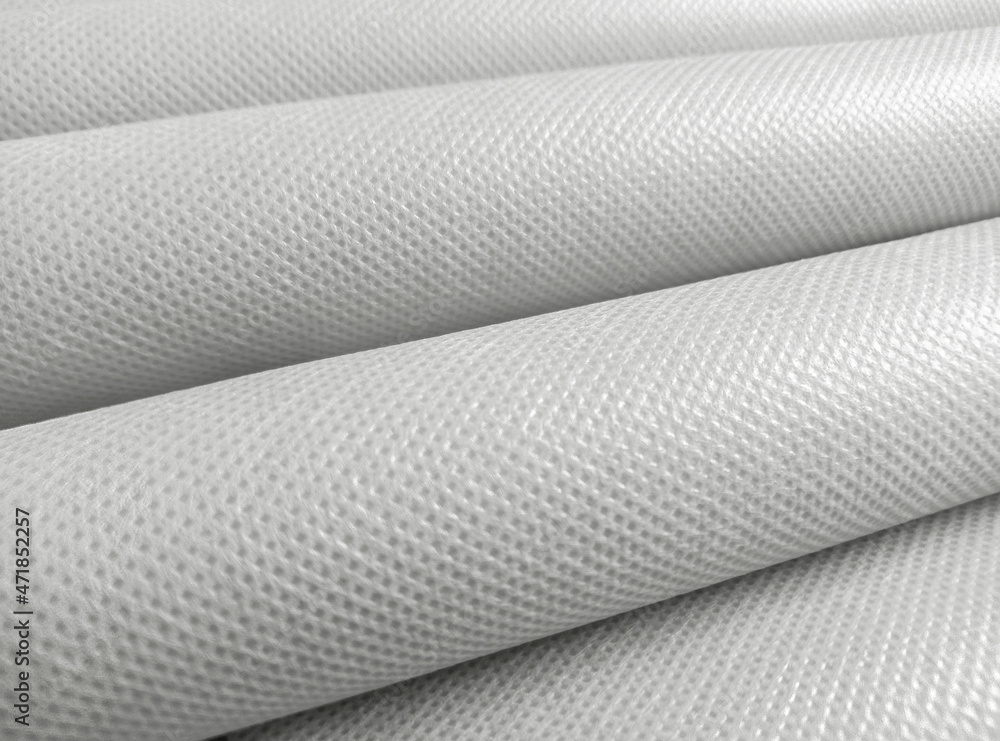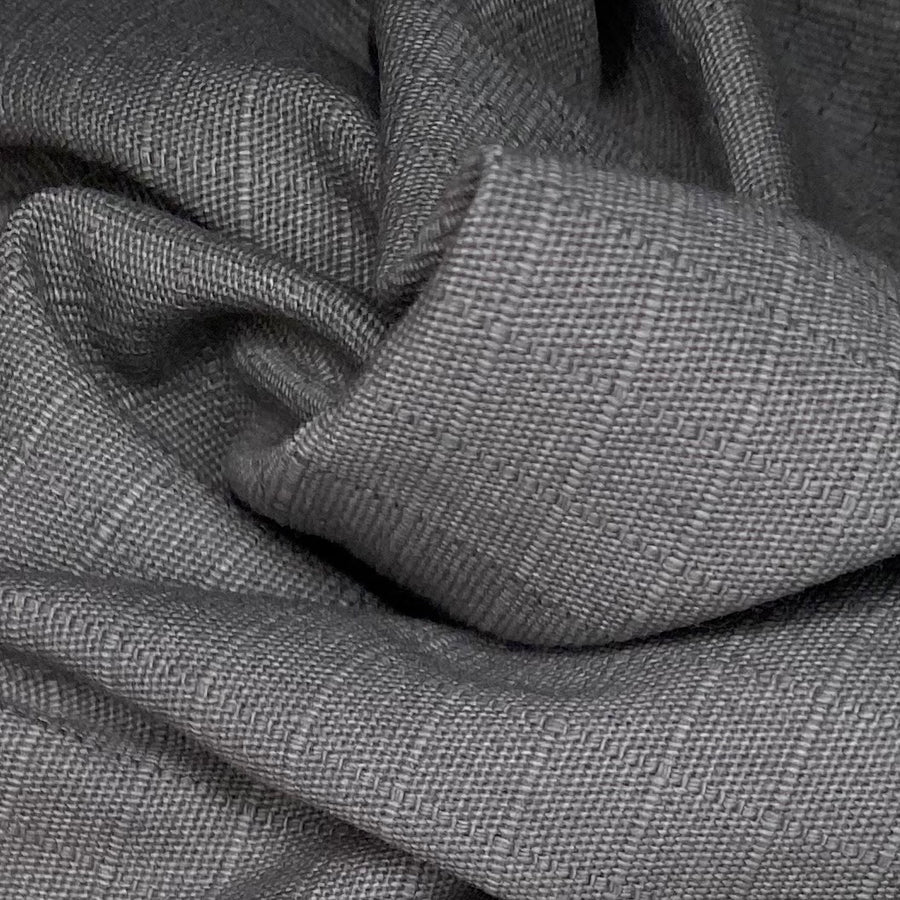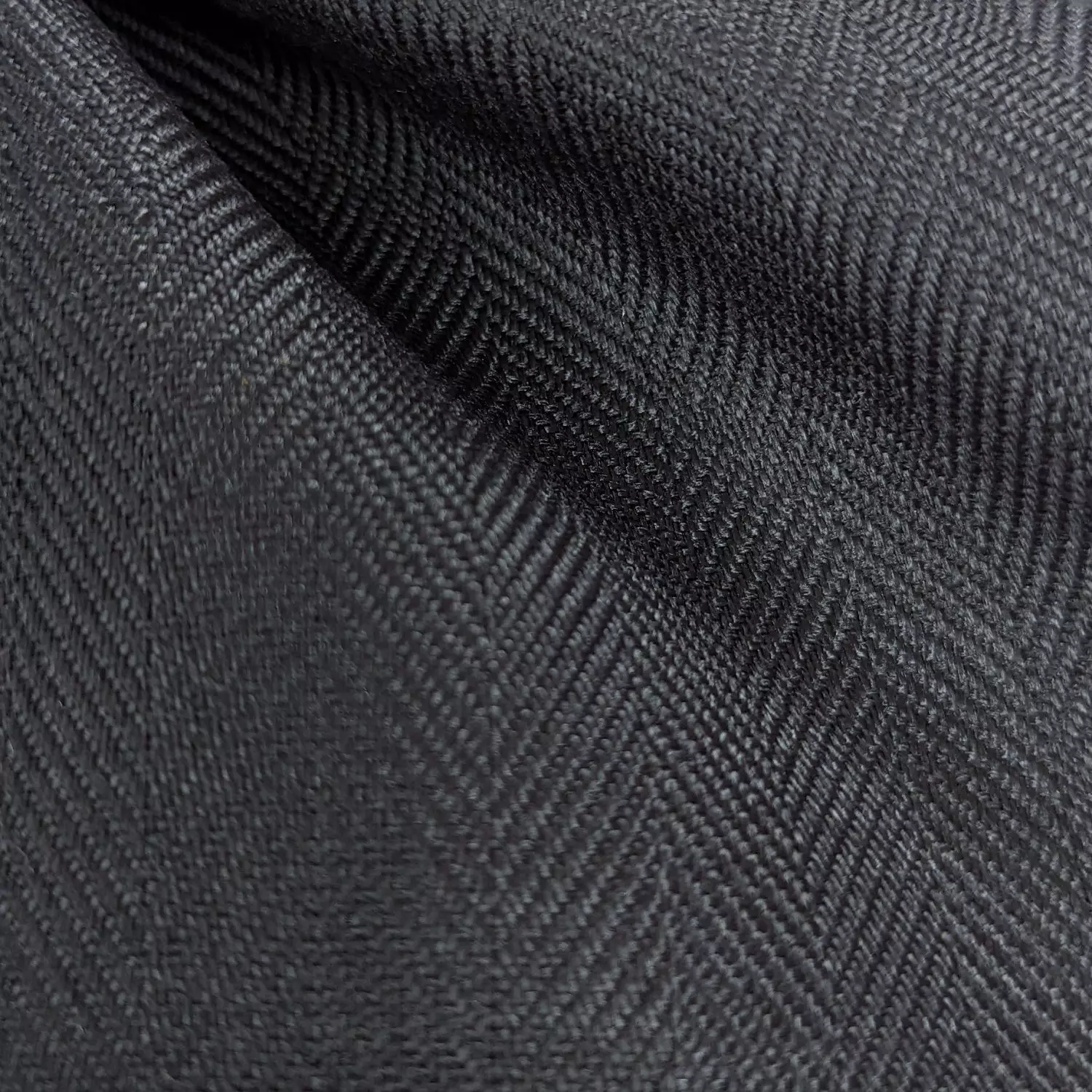Backpack Materials Guide: Everything You Need to Know

Backpack Materials Guide: Everything You Need to Know
Backpacks are essential everyday accessories, and when designing them, whether for outdoor adventures or urban lifestyles, it’s important to choose the right materials. As any designer knows, choosing fabric for backpacks differs greatly from designing clothing. While apparel focuses on comfort, stretch, and breathability, backpacks must prioritize durability, weather resistance, and strength. In this ultimate guide, we’ll explore the key materials used in backpack designs and help you decide which is best for your next project.
Why Material Choice Matters
Before diving into specific fabrics, let’s briefly discuss why material selection is so important when designing a backpack. Backpacks need to endure harsh conditions, whether it's rain, snow, sunlight, or the wear and tear from daily use. A backpack is often an investment, and as such, the material should provide long-lasting durability and withstand the elements. No one wants a backpack that falls apart after a few uses, so understanding the characteristics of various fabrics is crucial for creating high-quality products.
1. Nylon: A Backpack Staple
What is it?
Nylon is a synthetic fiber made from polyamides, derived from petroleum-based chemicals. It’s incredibly durable, lightweight, and has a smooth finish.

Advantages:
Durability: Nylon resists abrasion and holds up well under stress, making it ideal for everyday backpacks and outdoor gear.
Lightweight: Nylon fabric is lightweight, helping to keep the overall weight of the backpack down.
Water Resistance: Nylon offers some resistance against water, though it’s not fully waterproof unless treated.
UV Resistance: Unlike polyester, nylon can degrade faster when exposed to prolonged sunlight, which is something to consider if the backpack will be outdoors for long periods.
Disadvantages:
UV Resistance: As mentioned, nylon can degrade faster when exposed to sunlight.
Tensile Strength: While strong, nylon isn't as resistant to stretching as polyester or other fabrics.
Best Use:
Nylon is commonly used in outdoor, sport, and casual backpacks due to its light weight and durability. If UV resistance is less of a concern, it’s a great all-around choice.
2. Polyester: The Durable Workhorse
What is it?
Polyester is another synthetic fiber known for its strength, resistance to moisture, and resilience. It’s made from plastic polymers that are spun into fibers.

Advantages:
Durability: Polyester is highly durable and resistant to shrinking and stretching.
Water Resistant: It is more water-resistant than nylon and dries quickly.
UV Resistance: Unlike nylon, polyester resists damage from UV rays, making it great for long-term exposure to sunlight.
Cost Effective: Polyester is generally less expensive than other durable fabrics.
Disadvantages:
Quality Variance: The quality of polyester can vary widely, so it's important to source good-quality material for long-lasting backpacks.
Environmental Impact: Like other synthetic fibers, polyester is not biodegradable, contributing to environmental concerns.
Best Use:
Polyester is commonly used in backpacks for casual, urban, and everyday use. Its resistance to UV rays and moisture makes it ideal for backpacks exposed to sunlight and rain.
3. Polypropylene: The Chemical-Resistant Option
What is it?
Polypropylene is a thermoplastic polymer known for its high chemical resistance and durability. While it’s less common in mainstream backpack designs, it offers some unique benefits.

Advantages:
Tear Resistance: Polypropylene is exceptionally tear-resistant, which is ideal for backpacks that will undergo rough handling.
Chemical Resistance: It can resist various chemicals, making it suitable for industrial or work-related backpacks.
Lightweight: It's relatively light, though heavier than nylon or polyester.
Disadvantages:
Texture: Polypropylene can feel a bit stiff or plasticky, which may not provide the most comfortable or desirable hand feel for users.
Limited Aesthetic Appeal: Its utilitarian look and feel may not appeal to lifestyle-focused brands.
Best Use:
Polypropylene is great for rugged, heavy-duty backpacks that need to resist chemicals and wear and tear, but it may not be the best choice for high-fashion or lightweight, everyday designs.
4. Canvas: A Classic with a Vintage Vibe
What is it?
Canvas is a durable cotton or linen fabric characterized by its tight, plain weave. It has been used for centuries and remains a classic option for sturdy bags.

Advantages:
Durability: Canvas is tough, abrasion-resistant, and holds up well over time.
Aesthetic Appeal: It has a vintage, timeless appeal that’s often used by lifestyle brands.
Environmentally Friendly: Since it's made from natural fibers like cotton, it's biodegradable and more sustainable than synthetics.
Disadvantages:
Weight: Canvas is heavier than most synthetic fibers, making it less ideal for lightweight designs.
Water Resistance: While some treated canvas can be water-resistant, it’s generally not as water-resistant as polyester or nylon.
Stiffness: Unwashed canvas can feel a bit stiff, though it softens over time.
Best Use:
Canvas is perfect for casual lifestyle backpacks, especially those aiming for a retro or vintage aesthetic. It’s also a favorite in fashion-forward backpacks or tote bags.
5. Ripstop Fabric: Built for Toughness
What is it?
Ripstop is a type of fabric weave that is woven with stronger threads at regular intervals to prevent tears from spreading. Ripstop fabrics can be made from nylon, polyester, or polypropylene.

Advantages:
Tear-Resistant: Ripstop fabrics are highly resistant to tearing due to their unique weave, which is especially useful in rugged environments.
Durability: The weave strengthens the fabric and helps ensure long-term durability.
Lightweight: Ripstop fabric is often lightweight, making it ideal for backpacks that need to remain easy to carry.
Disadvantages:
Feel: The unique grid pattern might give the fabric a slightly rougher texture.
Cost: Ripstop fabrics tend to be more expensive than regular nylon or polyester.
Best Use:
Ripstop is often used in military or tactical backpacks, but it’s also found in high-performance backpacks and gear that require exceptional durability and tear resistance.
6. Cordura: The Premium Option
What is it?
Cordura is a brand name for a range of high-performance fabrics, most often made from nylon or polyester. It's known for its durability, strength, and resistance to abrasions.

Advantages:
High Durability: Cordura is one of the toughest materials available, known for its resistance to tears, scuffs, and abrasions.
Water Resistance: While it’s not fully waterproof, Cordura can resist water and is easy to maintain.
Versatility: Cordura is used in everything from backpacks to luggage to military gear.
Disadvantages:
Price: Cordura can be more expensive than other materials, making it a premium option.
Weight: Cordura tends to be a bit heavier than other synthetic materials.
Best Use:
Cordura is perfect for premium, high-end backpacks that need to withstand extreme conditions. It’s commonly used for tactical backpacks, military-grade gear and outdoor backpacks.
7. Ballistic Nylon: Tough and Timeless
What is it?
Ballistic nylon is a tightly woven fabric, originally developed for military use. It’s highly durable and resistant to abrasions, making it a popular choice for heavy-duty backpacks.

Advantages:
Extremely Durable: Ballistic nylon can withstand a lot of stress and harsh conditions.
Tear and Abrasion Resistance: The tight weave provides a high level of durability and tear resistance.
Heavy-Duty Protection: Great for tough, long-lasting backpacks.
Disadvantages:
Weight: Ballistic nylon can be heavier than other fabrics due to its denser weave.
Stiffness: It can be a little stiff and may require some time to break in.
Best Use:
Ballistic nylon is ideal for backpacks that need to endure extreme conditions or wear. It’s commonly used in military and tactical backpacks, as well as high-performance designs.
Final Thoughts: Selecting the Right Material for Your Backpack
When designing a backpack, the material you choose will greatly impact the durability, performance, and aesthetic of your product. Whether you prioritize water resistance, lightweight design, or a vintage look, there are many fabric options to consider. Nylon, polyester, polypropylene, canvas, ripstop, Cordura, and ballistic nylon all offer unique advantages.
By understanding the properties and best-use cases of these fabrics, you can make an informed decision that ensures your backpack performs well and stands the test of time.
About FittDesign
FittDesign is a full-service design and production company specializing in the sportswear and activewear industry. We provide comprehensive solutions, including innovative design, detailed technical packs, and high-quality manufacturing. Our expertise supports brands in creating functional and durable sportswear that meets the demands of a competitive market.
Ready to Bring Your Activewear Vision to Life?
Contact us today and let’s get started on your project!
